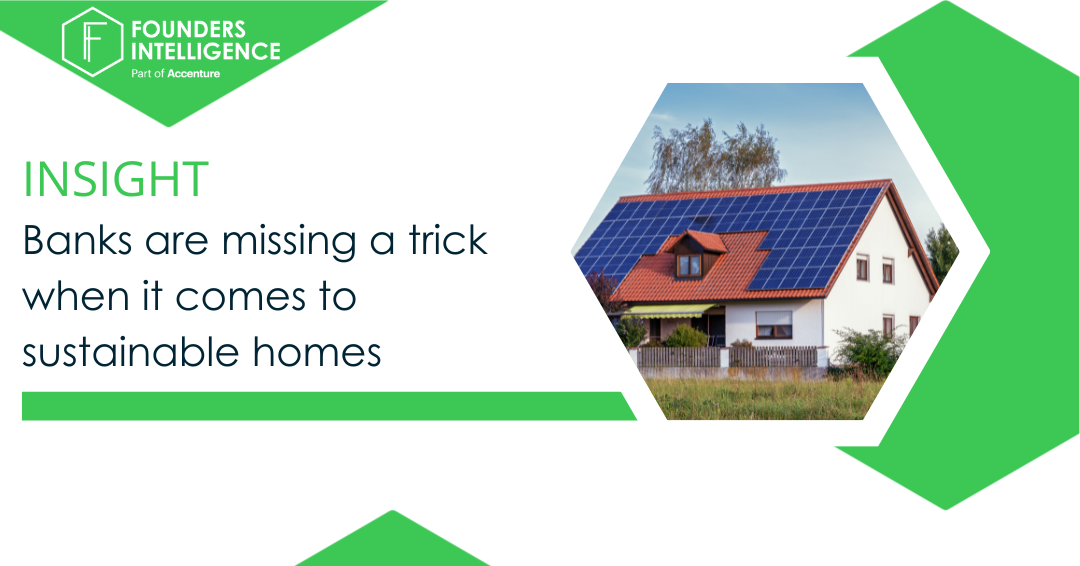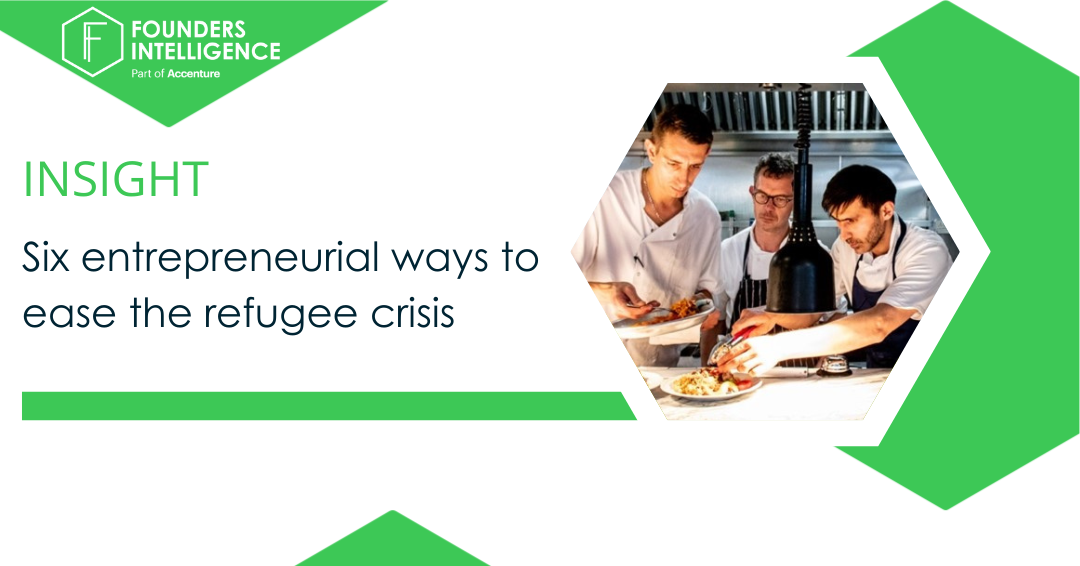Beg, Borrow or Resell
How Brands Should Leverage Retail’s Sustainable Turnaround

This year the fashion industry’s economic profit shrunk by 93%, proving, indisputably, that one can only buy so many sweatpants.
For an industry that had previously been branded as both a value destroyer — where the success of large brands comes at the expense of smaller entrants — and one of the least sustainable — generating more CO2 emissions than the maritime and aviation industries combined — these results were not disappointing but detrimental. Pushing the $50 billion wasted annually on dead inventory, into the trillions.
The fashion sales-cycle generated pushback long before the pandemic. On the one hand, you had fast-fashion retailers like Zara, moving with incredible velocity, producing up to 54 micro-collections a year, at the expense of both their labourers and the planet. On the other, you had the luxury market, moving ‘slower’, with 2–8 collections a year, but with little to no demand responsiveness, and as a result, staggering quantities of waste.
Rather than a turning point, the pandemic has come as a hard shove, into the ravine of understanding, not that these methods should not continue but that they can not. Sustainable sales practices have stopped being a ‘nice to have’ — allowing retailers to generate profit through tapping into a socially conscious Gen-Z market. They are now integral to avoid catastrophic losses — in both profits and jobs.
So how can you institute change
Deploying a successful sustainable commerce strategy relies on the famous fashion idiom: less is more.
Less, unsurprisingly, refers to costs. Unlike the traditional fast-fashion model, the costs that need to be reduced aren’t the costs of materials or labour. They’re costs of overproduction. Producing, shipping, attempting to sell (through investments in marketing), and then finally disposing of, unwanted goods.
More refers to revenue. But not revenue that results from selling more goods. Rather revenue that results from selling a higher proportion of goods produced at a higher price. There’s also the idea of selling more without producing more by diversifying revenue streams.
The way to do this? BEG, BORROW OR RESELL.
BEG — Ask your consumer what they want
Any book on product management has on the first page, in bold letters, the words ‘ESTABLISH PRODUCT-MARKET FIT’. The fashion industry, created centuries before The Lean Start-Up, wasn’t raised on fitting the product to the market, but rather the market to the product.
This is encapsulated by how luxury fashion is sold. Fashion shows happen 2–8 times a year. Designers trend forecast, then show looks to a gaggle of insiders with no determinants of what should be produced aside from fashion press-critique, and wholesale buyer interest (commonly based on said critique).
Were this not inefficient enough, the luxury sales cycle works on a timeline where consumers are marketed clothes they won’t be wearing for 4–6 months after purchase. Spring/Summer collections are shown in February. Hit the stores in April. And by the time June rolls around (when demand may finally align with supply) the product is already heavily discounted — by up to 80% of its original retail value.
The BEG model turns this idea of stimulating demand on its head. Using data to assess exactly what the customer wants and increasing sales by giving them exactly that.
Business Models
Personal styling start-up Stitch-Fix, which IPOed at $1.6 billion in 2017, uses hundreds of data points to send out personalised subscription boxes based on digital feedback loops. Using data from personal styling profiles, feedback at checkout, and a Tinder-style shuffle where clients can rank outfits, the start-up can automatically predict, not only what garment a consumer will like, but equally how these should be matched together to form outfits. The result of this data-driven-demand responsiveness is 3.1 million active Stitch-Fix clients. 70% of whom renewed their $49 Style Pass this year, giving them access to unlimited algorithm-based styling on top of the garment purchase price.
SAAS start-up Unmade, which boasts clients such as Ralph Lauren, Opening Ceremony and New Balance, takes personalised commerce one step further, into personalised production. Unmade’s end-to-end operating system, allows brands to integrate a made-to-order model across retail channels. When a consumer selects a garment it is made instantly, allowing participating brands to maintain a 0 inventory business model and still fulfil the demand for rapid delivery. For those who want an even more personalised approach Unmade allows brands to give access to customisable product templates, so consumers can input into item design. As with the off-the-shelf model, these can be produced, and distributed immediately
Finally D2C start-up Everlane offers optionality around price by integrating a transparency-based optional pricing model on certain items, labelled “Choose What You Pay”. When adding these off-season items to cart consumers can pay anything from $110 to $225 for the same item — compelled to choose a higher purchase price through short bios on how the money from each price-point will contribute to production, overhead, and company growth.
The Opportunity
Designer Rebecca Minkoff partnered with blockchain start-up Resonance when developing her childrenswear line. The partnership not only drives consumption by providing proof of ethical production standards, but also allows the brand to adapt to consumer preferences. Resonance uses AI to learn from customer behavior and feeds that data back to the brand which operates on a Made to Order, 0r inventory model. Using this data, Little Minkoff tweaks production across model, fit and colour, driving demand-led sales with negligible waste.
Using data to tailor products to consumer needs leads to higher conversion rates across purchases. Personalisation and responsiveness are also proven to improve brand affinity, deepening the customer bond alongside the uniqueness of the product offering. In the case of brands like EverLane, integration of data, on the brand side, generates a feeling of loyalty through involvement with running of the company itself.
BORROW — An outfit can just be for Christmas
Data shows that on average, a woman in the UK wears an item 7 times before discarding it. This cycle of large-scale clothing disposal leads to an estimated $500 billion annual value loss to the economy, on top of bad press for brands who partake. Both H&M and Burberry have been publicly chided for disposing of millions of dollars worth of stock (60 tonnes and $36 million respectively) and are both now participating in sustainable commerce programs following large-scale consumer backlash.
Rental models capitalise on the increasing consumer knowledge that statement pieces are commonly one-off wears. Offering the opportunity to temporarily own a variety of garments at a fraction of the price.
Business Models
Rent the Runway began to capitalise on this opportunity in 2009, reaching Unicorn status just 10 years later. Founder, Jennifer Hyman, pioneered the transformation of luxury clothing items from high-priced purchases, into assets which could generate revenue multiple times. The platform began by buying luxury dresses and renting them to consumers for anything from 1/5th to 1/10th of the original price. A Rouland Mouret dress, retailing at $1440, is available for one-time-wear through Rent the Runway for between $230 and $245. For Jennifer and her team, after only 7 rentals, the dress has paid for itself.
The success of Rent The Runway, coupled with improvements in logistics providers, has led to the advent of Peer to Peer rental marketplaces like Hurr. These capitalise on consumers’ knowledge that they don’t re-wear many of the items in their wardrobes, to incentivise them, not only to rent but also rent out their items.
Where Rent The Runway generates revenue as the owner of the assets, Hurr is 0 inventory, instead making money as the intermediary between renters and rentees. Renters have the option to choose the time they want to rent for and contact Rentees directly, where Rentees are provided with a growing market of those who demand their garments. The standard fee for using the platform is 15% commission for Rentees, who allow Hurr to set the prices of their items. There is also the option of a concierge service, which includes rental management, storage, distribution, dry cleaning and delivery for a larger 40% cut.
The Opportunity
In 2019 Danish contemporary womenswear brand Ganni launched Ganni Repeat, allowing consumers to rent Ganni items for up to three week periods. At the end of 21 days,consumers were given the option of returning them or buying them for good.
Proprietary rental platforms are an excellent way for brands to generate revenue, either from deadstock or new garments. Allowing the consumer to sample the brand at a fraction of the price, increases customer loyalty through demonstrations of trust, and boosts conversion to full-price purchase.
RESELL — One man’s trash…
Finally resale, the largest and fastest-growing market. The total secondhand market is projected to grow to almost 2X fast fashion by 2029 totalling, $80 billion to Fast Fashion’s $43 billion. What’s more, the supply is predicted to expand exponentially. Data shows that as of 2020 only 18% of American’s had resold clothing, and of those who hadn’t, 67% were open to. That’s a market of over 114 million potential future suppliers in the US alone.
Business Models
Peer to Peer resale unicorn Vestiaire Collective resells luxury goods, in anything from New to Fair condition, taking between 10–40% commission per sale. The success of the site is based on its stringent quality checks which allow the business to remain 0 inventory, unlike it’s US counterpart The Real Real. Where The Real Real requires sellers to send items into its HQ before listing, Vestiaire lets sellers keep their goods at home until time of sale. Vestiaire also allows sellers to price their goods, declare the condition and negotiate with buyers directly. Despite this freedom, to maintain reputation, customers are offered the opportunity to send items through rigorous ‘quality checks’ at time of purchase, for a €7 additional fee.
Adding rental components to its resale model, handbag and jewellery startup Rebag recently integrated a buyback program called ‘Rebag Infinity’. The program further contributes to circular-revenue generation by allowing consumers to return bags up to 12 months after purchase, in exchange for 70–80% of the item’s original resale value. This can then be used as credit towards new Rebag purchases. This means a consumer who has bought a Bottega Veneta backpack for $1,000, can exchange it at Rebag after six months for $750 in credit (as long as the bag’s condition is preserved). The customer can then use that $750 to purchase a new bag, and if the price is more, pay the difference. The customer does not have to commit to this arrangement at the time of purchase and can decide to exchange it any time within that 12-month window.
The Opportunity
In 2019 Burberry partnered with The Real Real offering those whose Burberry items were accepted through the platform a “personal shopping experience”, complete with high tea, across 18 US Burberry stores. Meanwhile Vestaire collective has partnered with Maje, Sandro, and Claudie Pierlot, providing buyers with a €10 voucher toward a new item each time a resale item is listed.
Resale is a highly lucrative opportunity for brands, providing highly valuable secondary revenue streams with less logistical complexity than Rental. By incorporating participatory perks such as vouchers, experiences and loyalty points, consumers feel their contributions to the circular economy are being recognised, and are further incentivised to purchase new items from participating brands.
Conclusion
Leveraging data, alongside secondary retail channels such as Resale and Rental transforms sustainable commerce models from hindrances to aids. This is even more crucial as we move through 2021, where digital-first commerce and sustainability are marked as two of the most enduring trends post-pandemic.
To fully capitalise on the opportunity secondary commerce provides, brands need to build out their proprietary platforms instead of relying on partners. This allows them to preserve brand value through price and quality assurances, whilst forming digital feedback loops which validate demand for new products.


